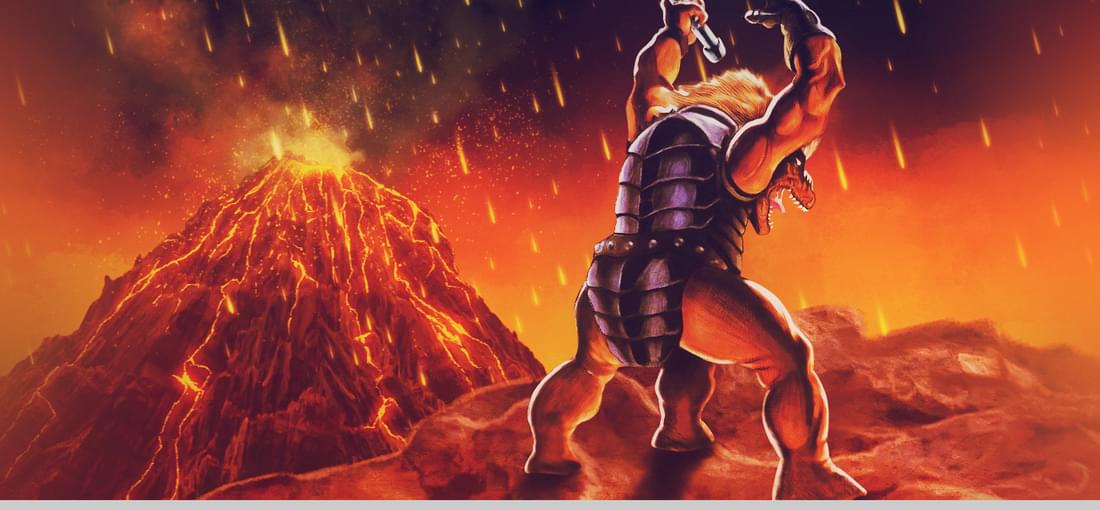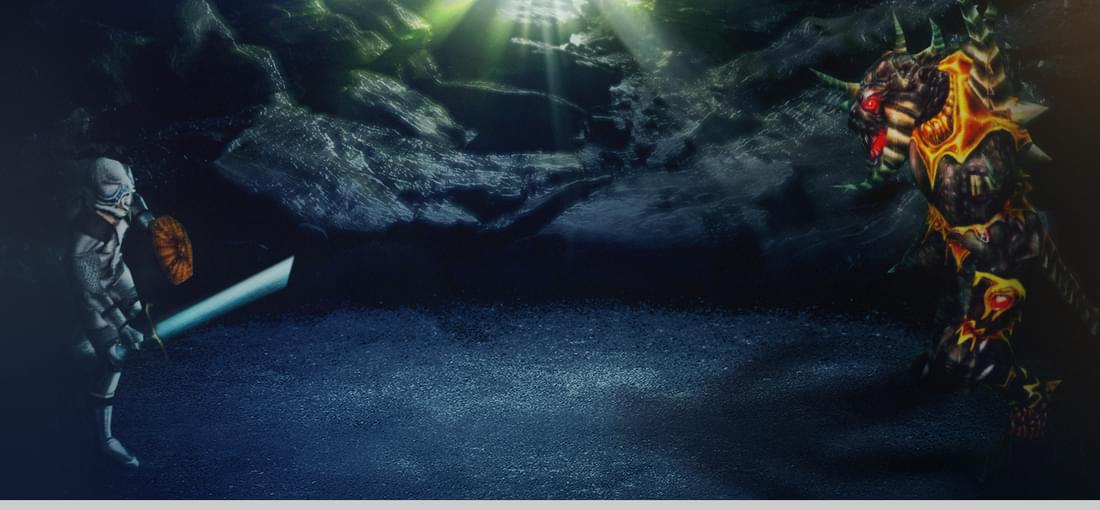


In Reassembly, you design space ships out of unlockable predefined parts, and then fly this ship in a kind of open world arcade mode, fighting against AI ships of various designs (including designs of other players, or even your own). Ships are partially destructible, and repair themselves gradually once out of combat. The ship designer really has a suberb UI - I wish the diagramming apps I use at work came anywhere close. The arcade controls are likewise well done, and very seamless considering the game simulates the activity of every individual thruster you attached to your ship. My only gripe is that spinal weapons tend to be hard to use, because the ship controls don't help with leading your target (unless you use a thruster distribution especially optimized for this task). The early difficulty curve is player controlled (stay at the technologically backwards fringe of the galaxy for easy play, or head towards its center to confront the more advanced bad guys). After that however, the only challenge are player designed vessels, whose strength is random, ranging from rather weak to neigh impossible to defeat. As a consequence, replayability is somewhat limited, though easily good enough for a couple hundred hours because each starting race uses different parts to design their ships, and hence requires a somewhat different design approach. Overall, Reassembly is a fun creative design / arcade game. If that's something you are interested in, it is well worth the price.

This review is based on the 1996 release of the game. Warwind was my first RTS. I quite enjoyed it, in spite of its quirks, but I suspect it was because I knew nothing better. The campaigns posed a reasonable challenge, but were heavily scripted, leaving little choice on which approach to take. Wanting to escape that, I switched to free form play, which revealed why the campaign missions were so heavily scripted: the ai is pretty weak, and some unit types really should have been better balanced. For instance, take the grenadier, the ultimate eaggra unit. It has by far the longest range of any unit in the game, offers a reasonable alpha strike, which was balanced by a long cooldown. At least, that was probably how the designer intended it, but the game engine resets the cooldown whenever the grenadier's target unit is killed. The enterprising player therefore recruited a dozen grenadiers, and marched them as a group into the enemy base. Their combined alpha strike was strong enough to instantly kill any unit, resetting their cooldown, so you could kill as fast as you could click ... Or take the AI's path finding, in particular how it handled dirt walls. The AI does destroy dirt walls to reach your base, but only if there is no other way inside. If there is a way inside, no matter how long or hazarduous, it will take it. You could also build electric fence that would shock enemies passing through. The creative player will make use of this by surrounding his base with dirt walls, provide the following entrance ============================ <-- dirt wall -------------------------------------------------- <-- electric wall ============================ <-- dirt wall and watch the AI electrolute its entire army without firing a shot :D In summary, if you don't mind scripted campaigns, or enjoy finding creative ways to trip up the ai, this is great, even funny game. If you are looking for a well balanced RTS with a reasonable AI, you better keep looking.

As the existing reviews have already pointed out the good things about this game, I'll focus on its shortcomings: - Sound effects and graphics are functional, but nowhere near the beauty and immersion Torchlight offers. - Some quests are rather tedious to solve, but must be solved to win a town. For instance, just before you have slain the final boss on level 15, a darkness machine might spawn on level 3, and the player must scour the level (fighting through hordes of inferior monsters) to locate the machine, so he can destroy it with a couple strikes ... - While I grant that there are many class combinations, many of them play similarly. Sure, the major classes (warrior, priest, rogue, ranger, ...) are quite distinct, but once you have played them, you have seen all the skills the game has to offer. You can mix skills trees from different classes with a custom champion, but these combinations don't play very different than the classes they came from. On the positive side, the item system and skill system is quite well done. In particular, the possible item enchantments include "procs", which are skill effects triggered by using the item (for instance, a mallet may slow the enemy it hits, a vest "haste" you if you are hit, and so on), making the items more distinct than in your average ARPG. In summary, Din's Curse is an innovative ARPG with reasonable replayability that suffers from cheap art direction.